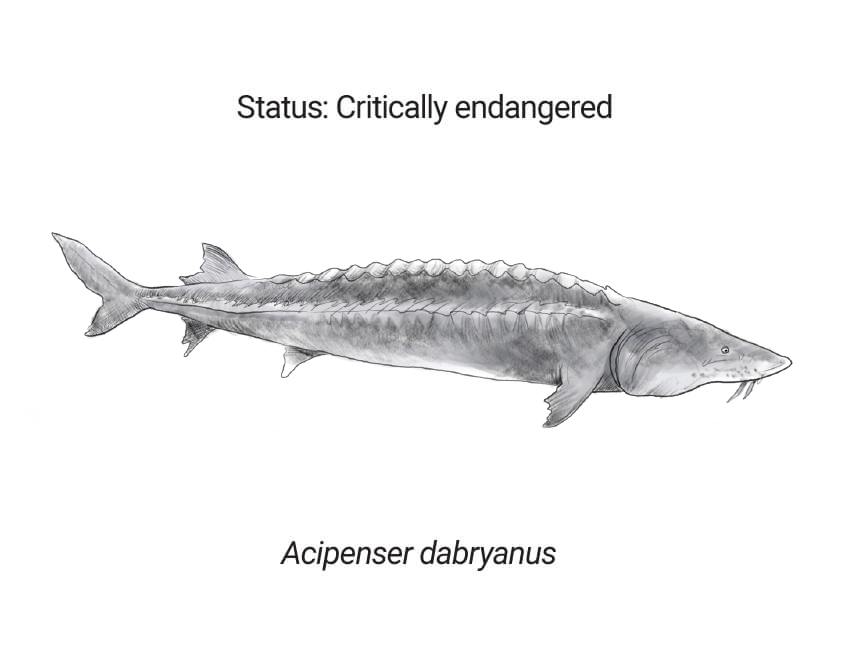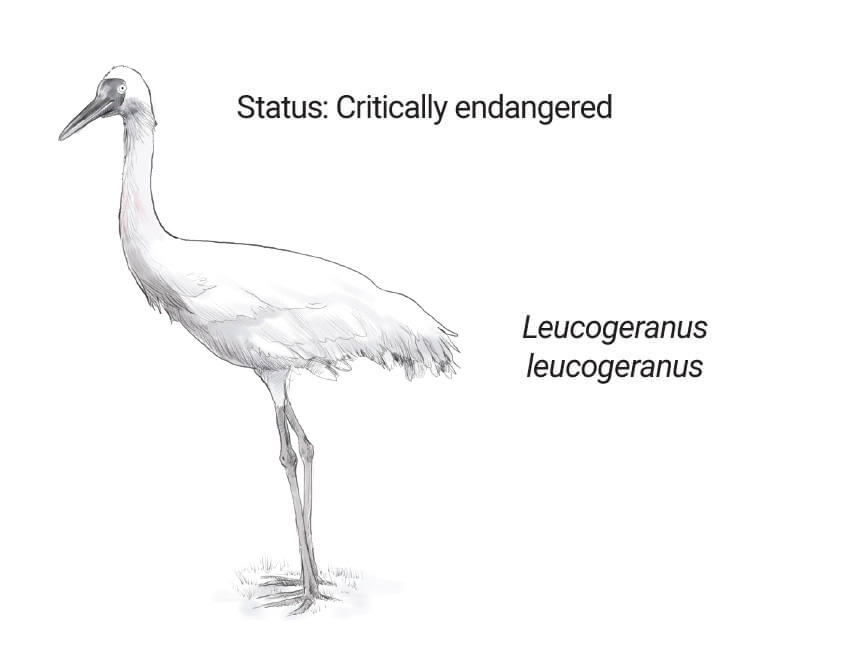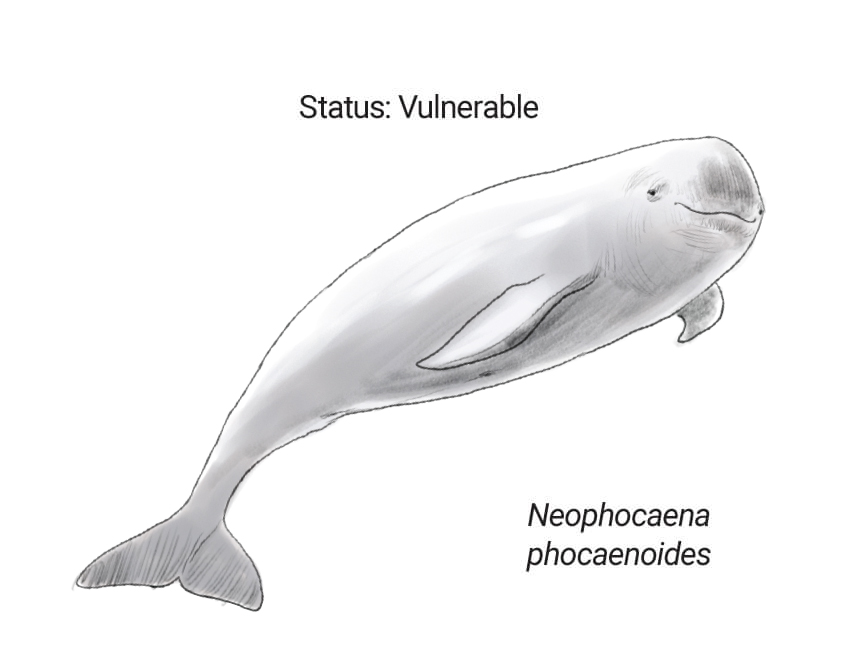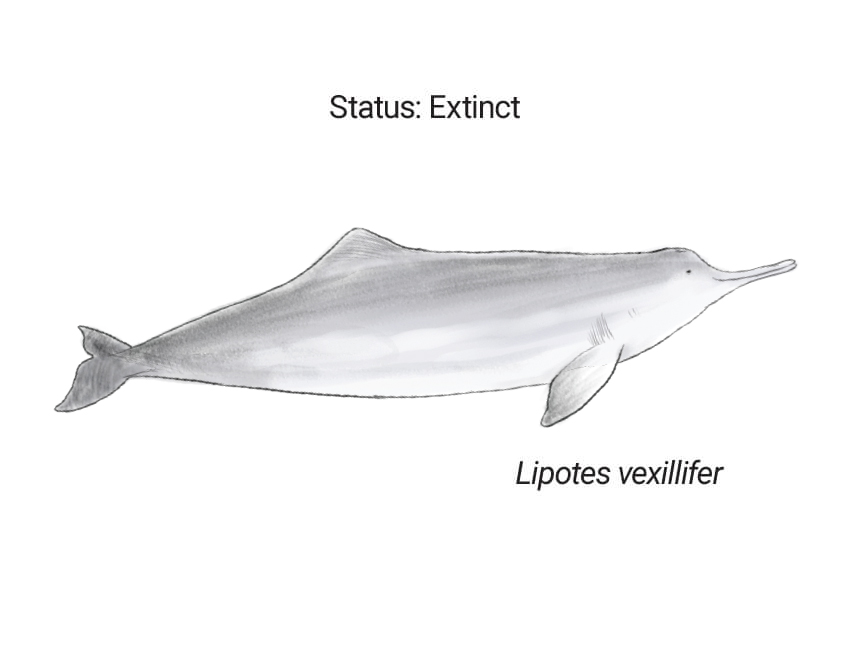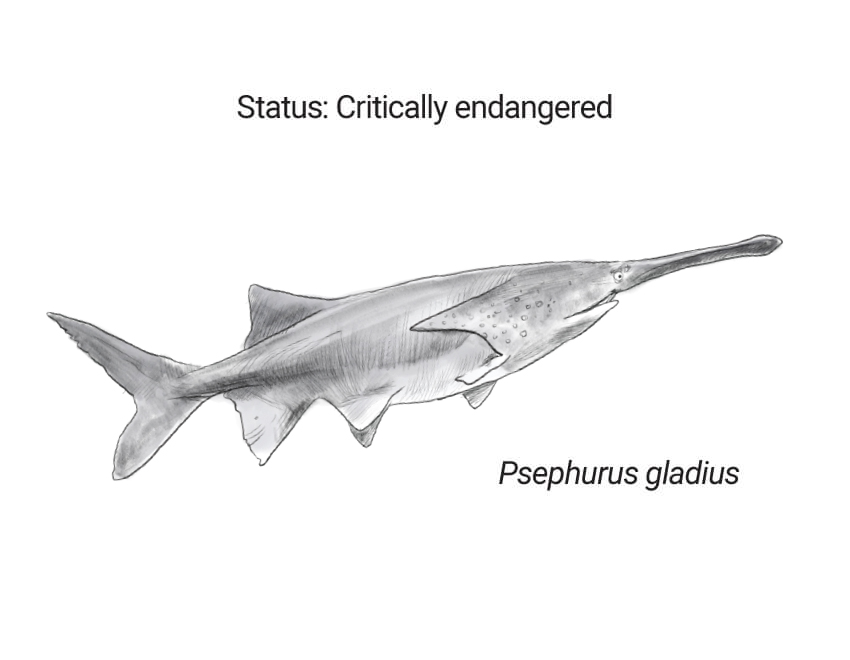The water pollution in China’s rivers
China is home to one of the world’s greatest ecological challenges: how to stop the rampant deterioration of the country’s river arteries. Rapid industrialisation has led to unprecedented transformation of the environment. River fragmentation and pollution is affecting a vital resource and threatening thousands of species whose survival depends on river water
The state of China’s rivers*
Rivers in the southwest, southeast and northwest are the least polluted, while the most urban and industrialised regions have heavily polluted water
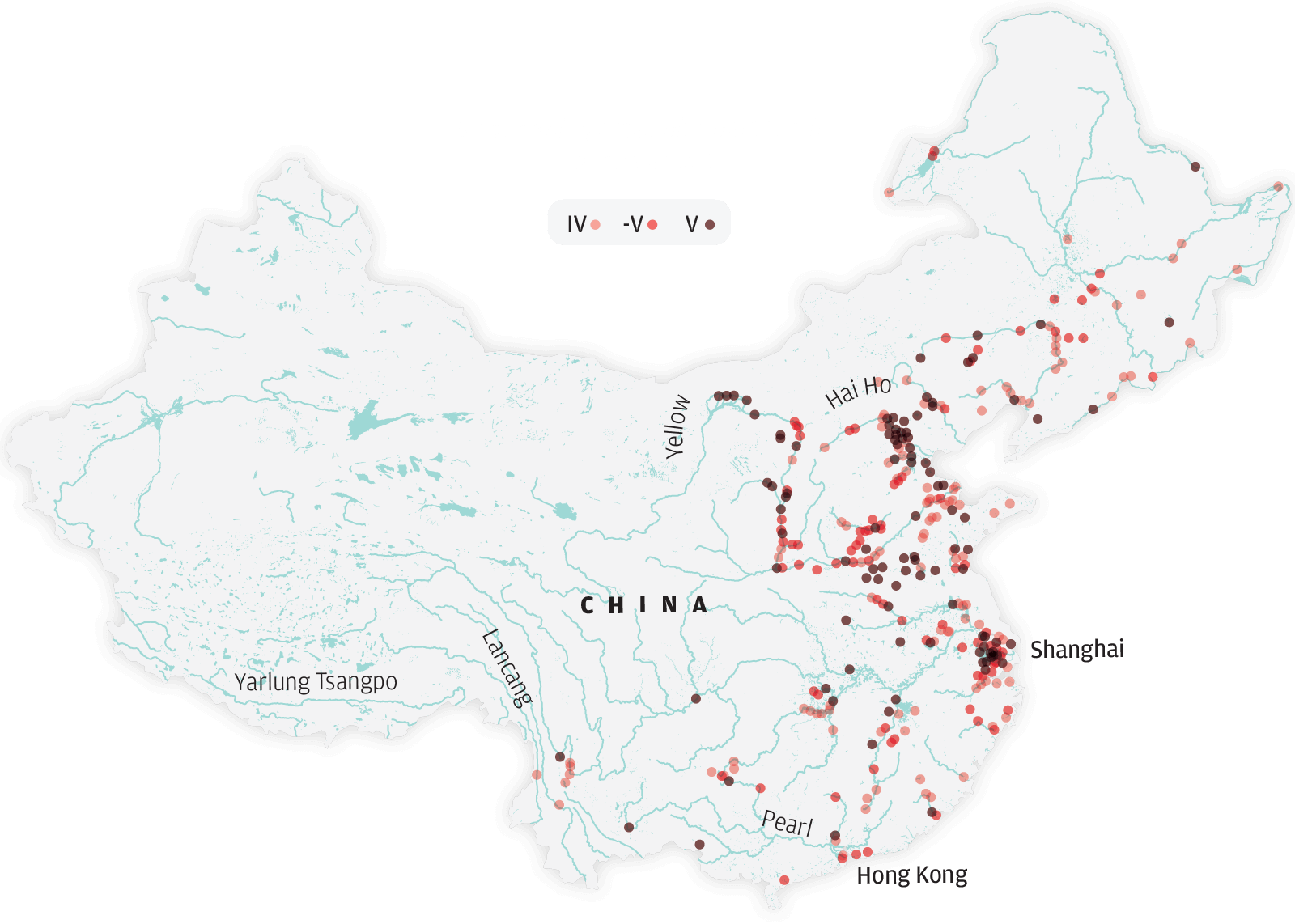
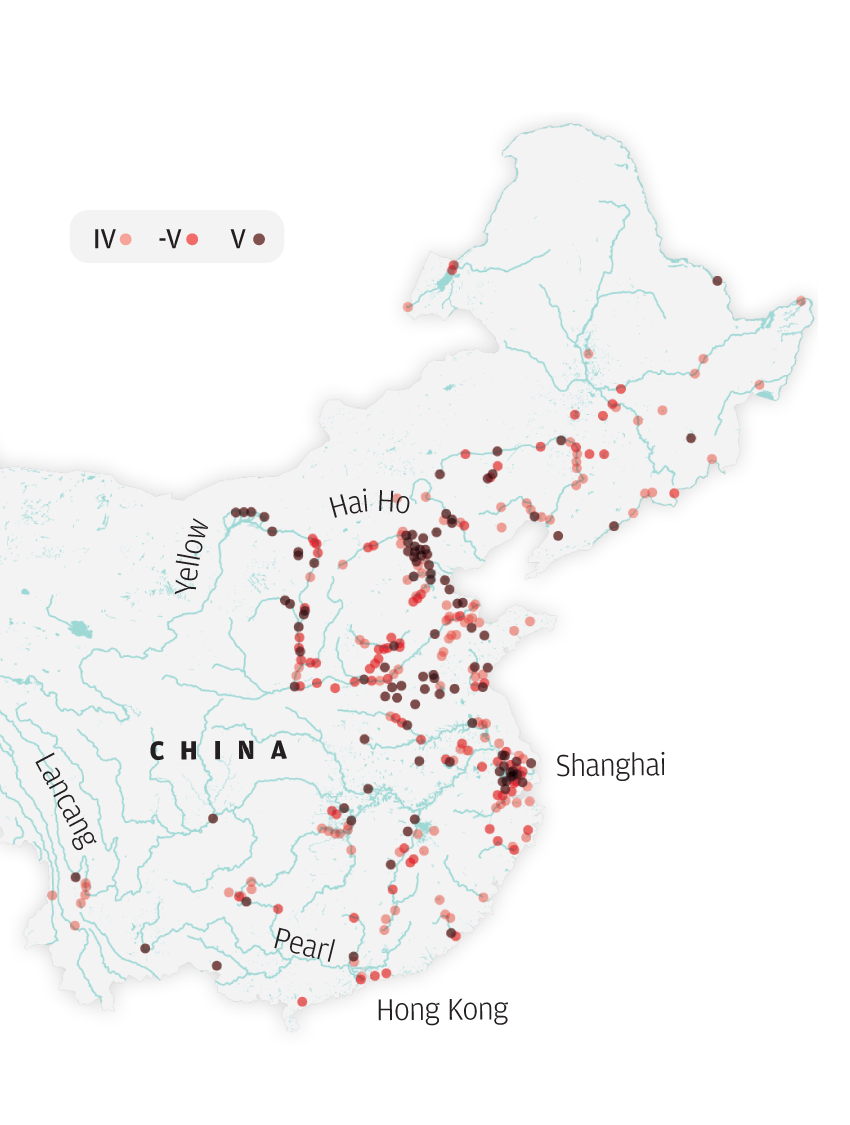
The anatomy of the pollution
The river depicted is hypothetical. It is not based on an existing river, nor is it drawn to scale

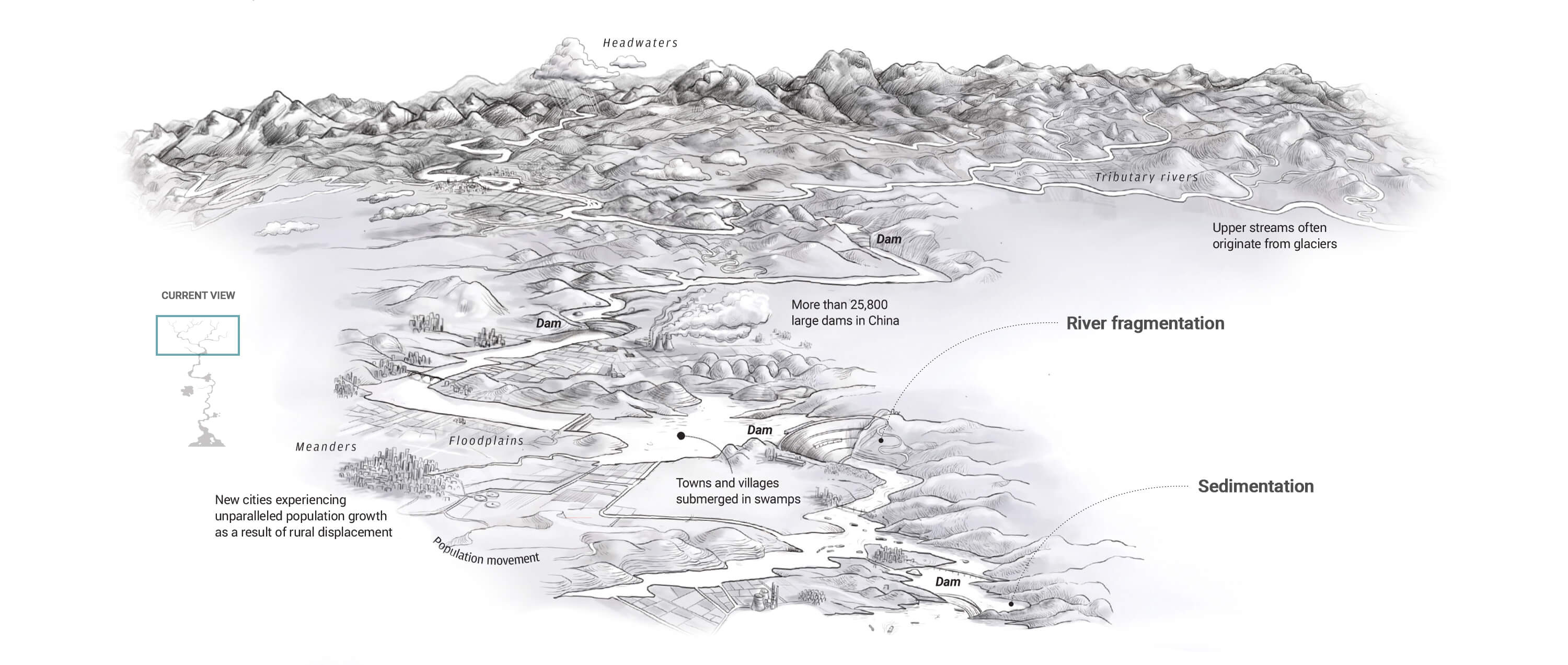
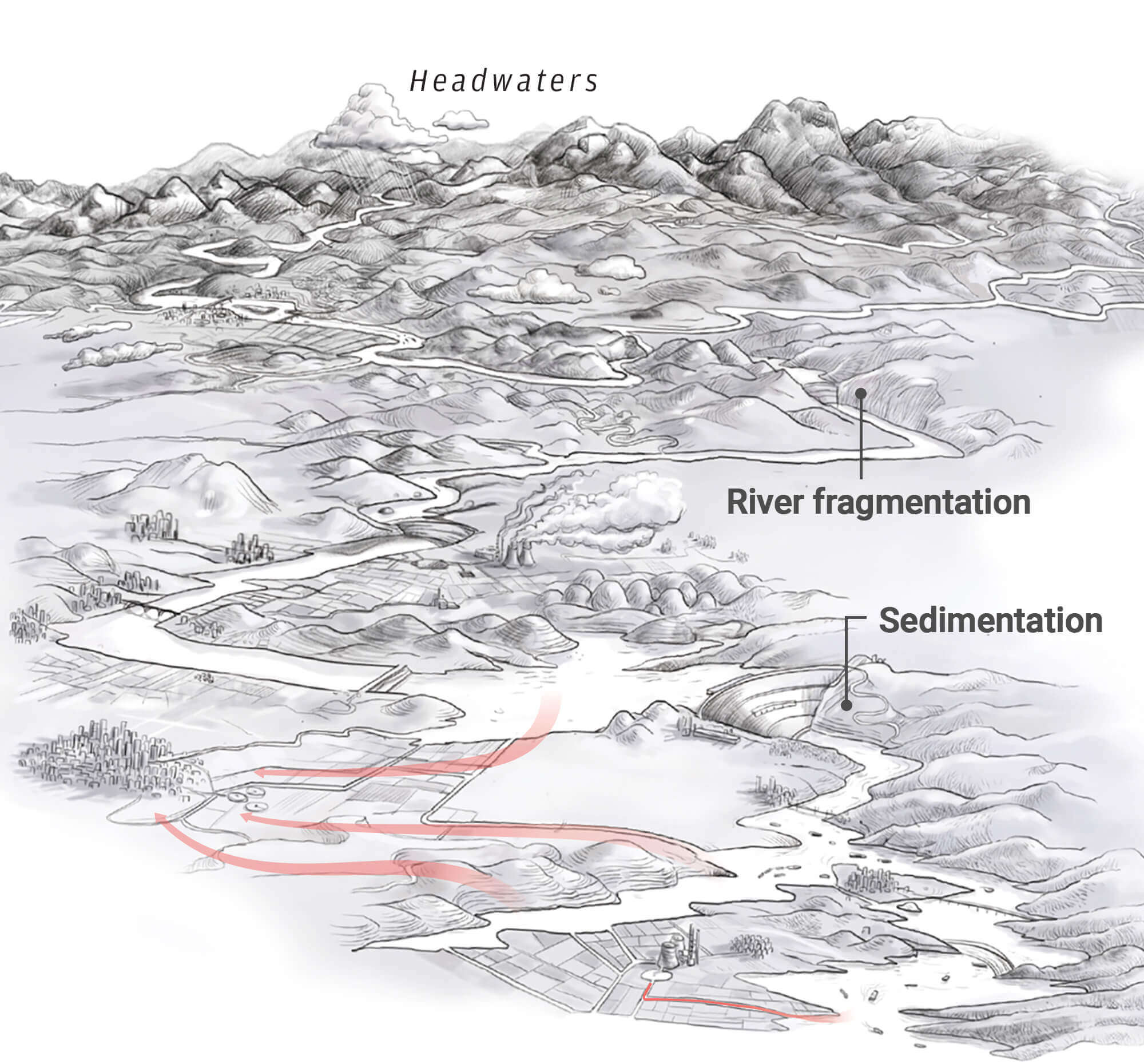
River fragmentation
Fragmentation is the interruption of a river’s natural flow by dams, inter-basin transfers or water withdrawal. It is a good indicator of the degree to which rivers have been modified by human activity
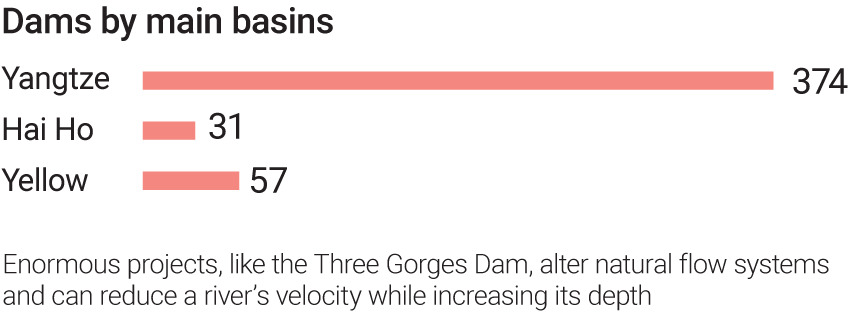
Sedimentation
The sediment yield in many areas of the basin has increased, while the suspended sediment flux has dramatically decreased, after being trapped in dam reservoirs



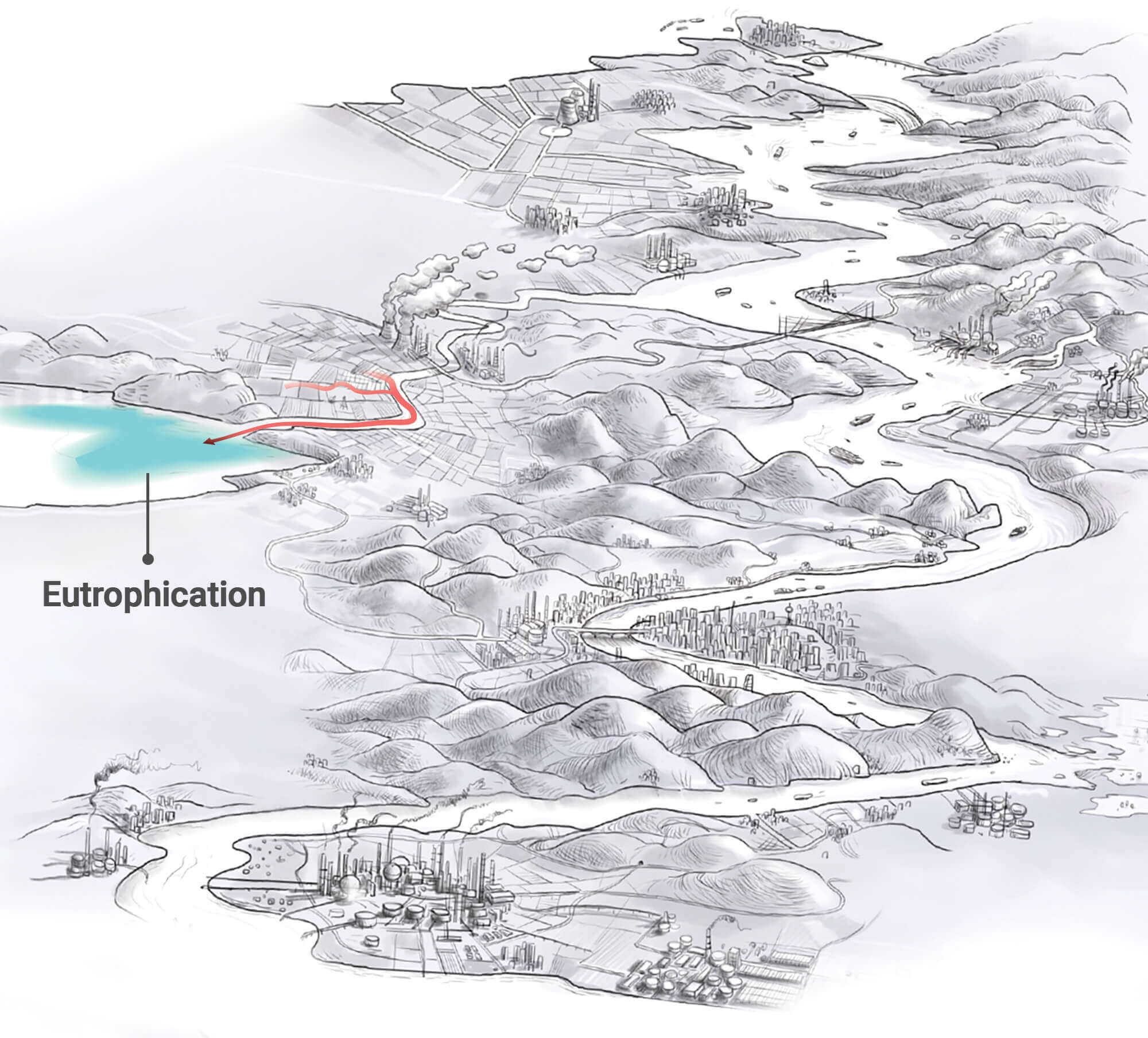
Eutrophication
This occurs when the environment becomes excessively enriched with nutrients. It can be a problem in marine habitats such as lakes, where it can cause algal blooms


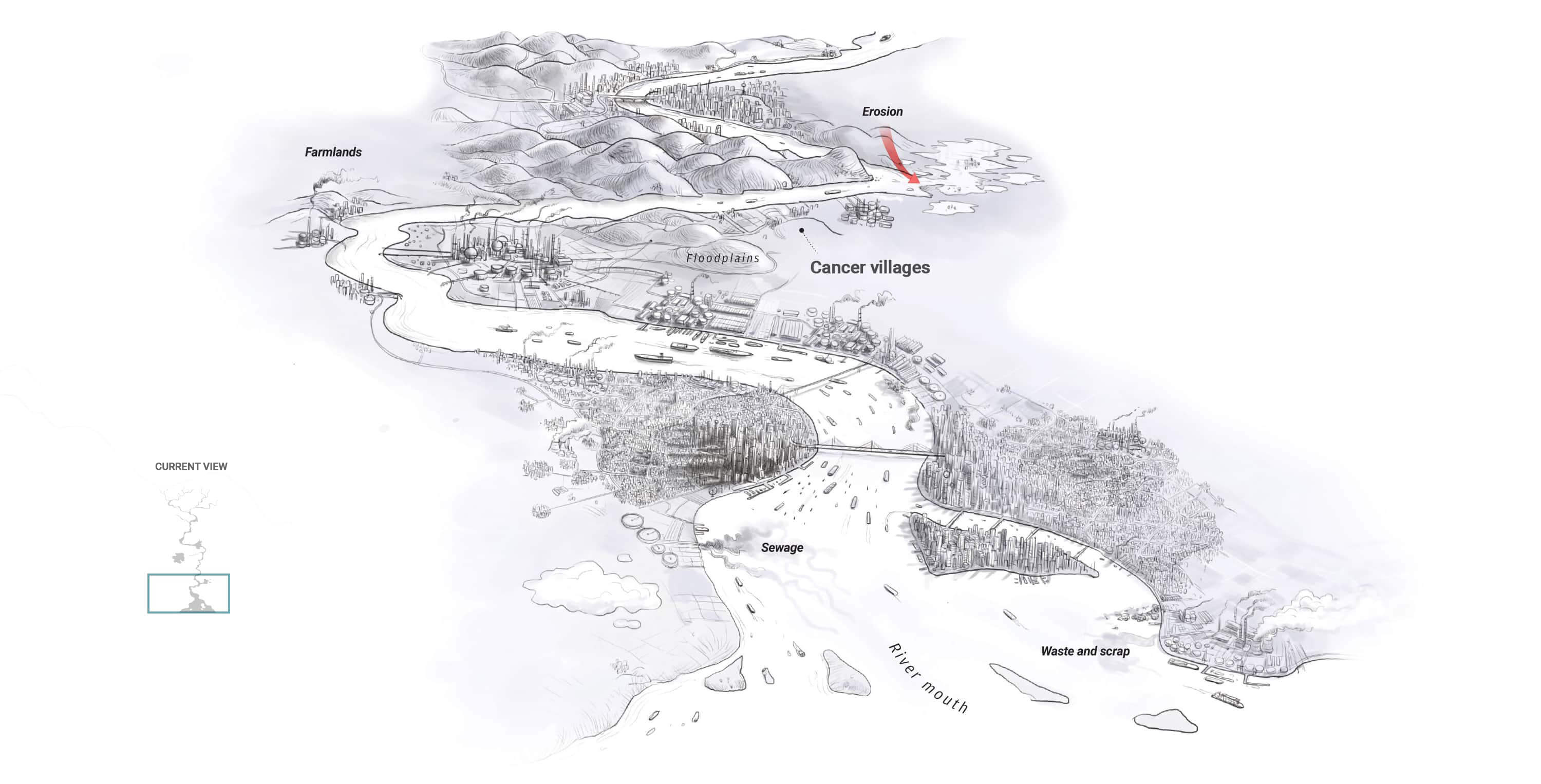
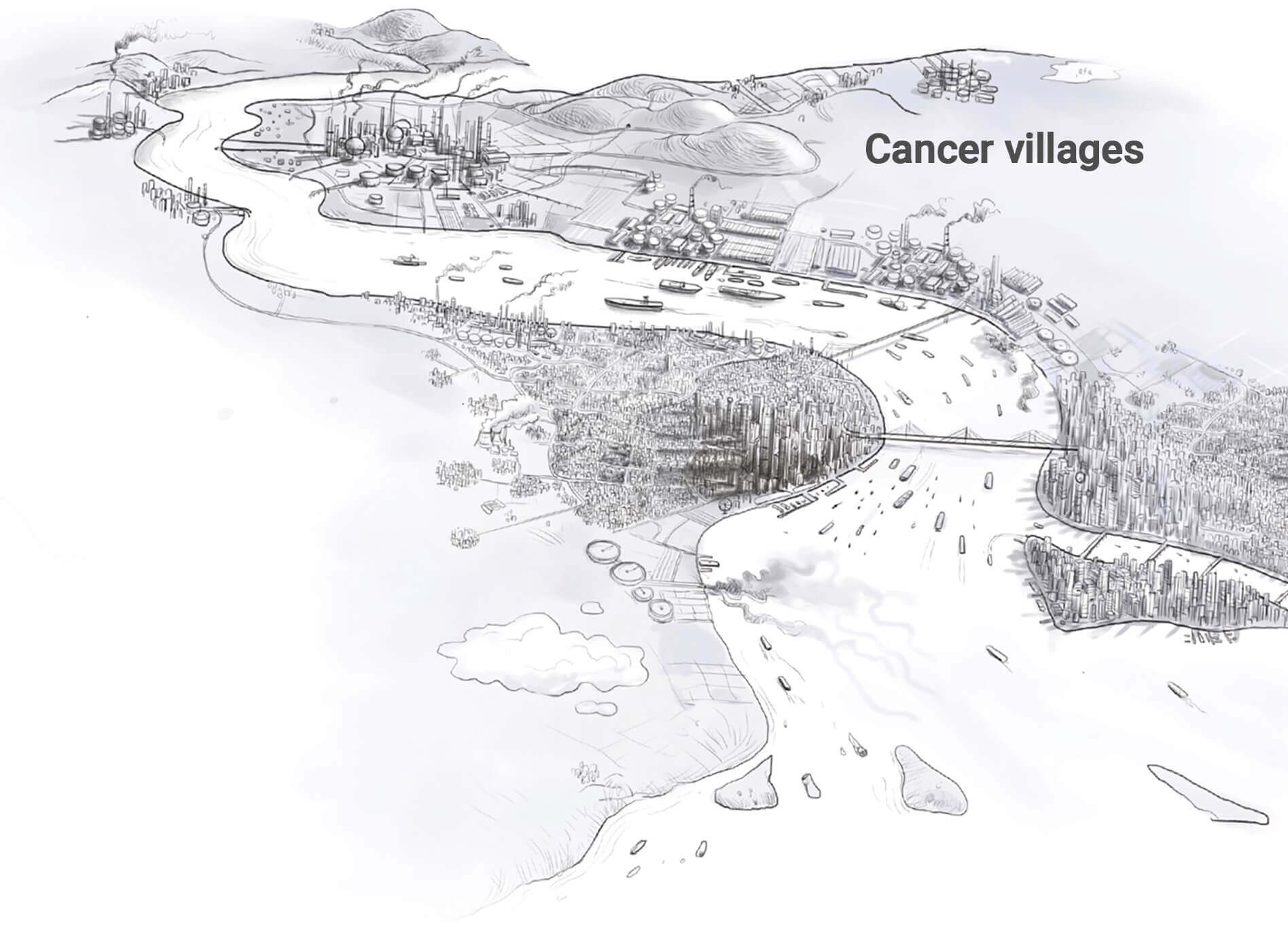
Cancer villages
These villages are generally located near factory complexes and rely on river water for drinking, cooking and washing. In rural post-industrialised China these have seen increased cancer rates
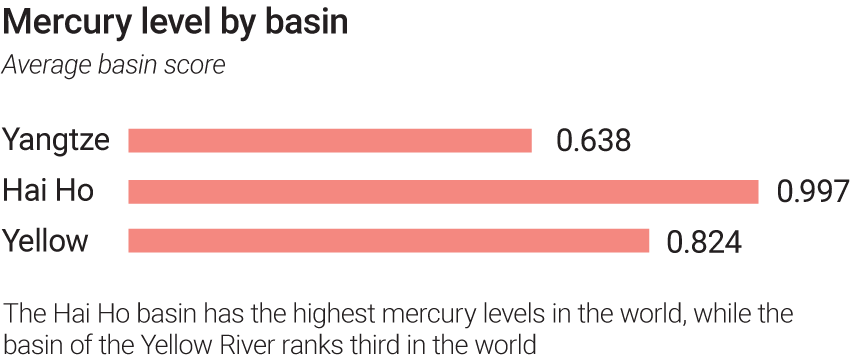
Problems caused by groundwater
A 2016 report from China’s government shows that more than 80 per cent of groundwater is unfit for drinking, or daily use, because of heavy contamination from surface water discharged by industrial plants and farming units

River inhabitants at threat
❯
❮
Creative Director Darren Long.
Additional web development Yaser Ibrahim
Source: Ministry of Environmental Protection, International Rivers, Water Quality Association, World Wide Fund for Nature, Yale School of Forestry and Environmental Studies<
